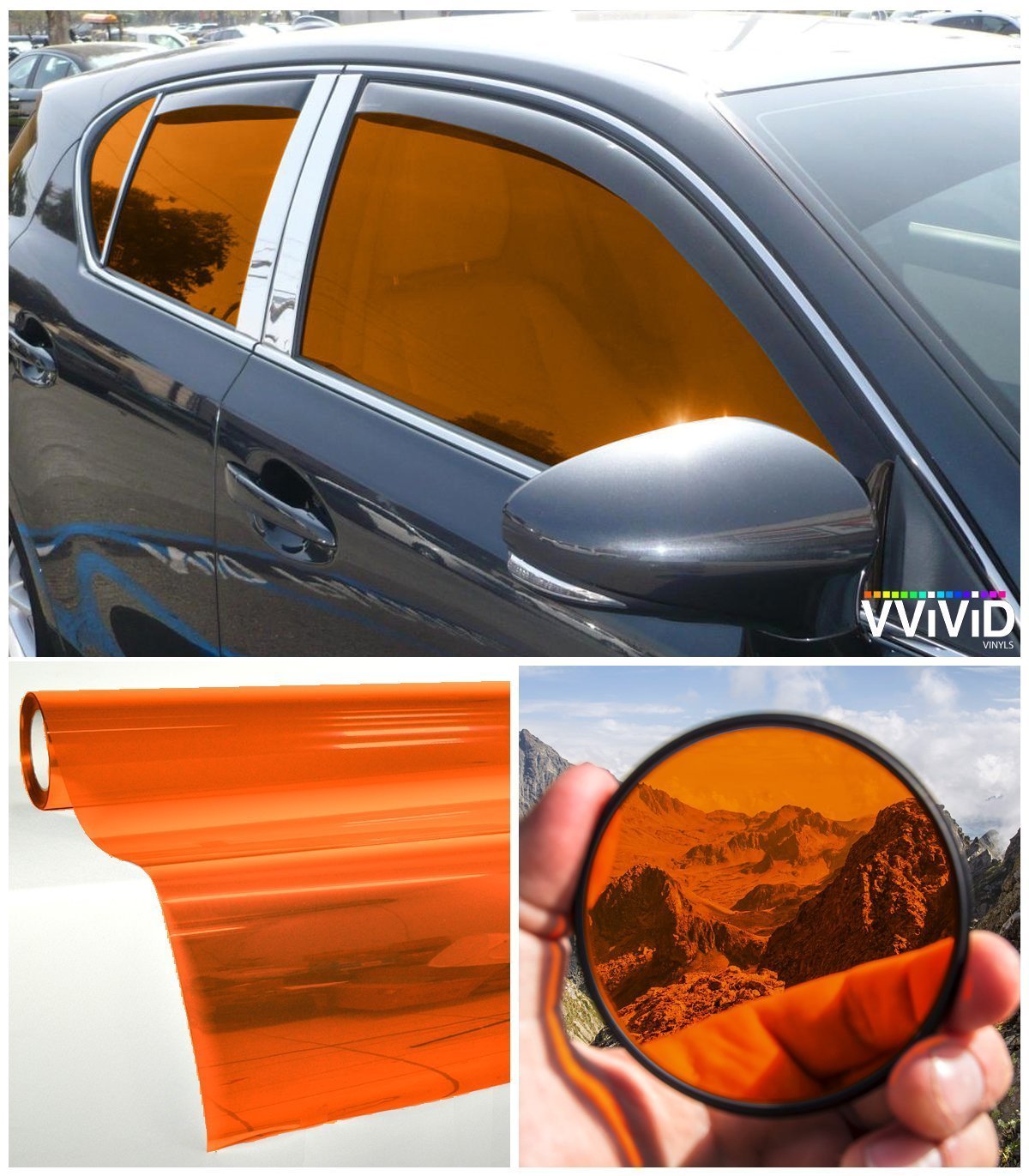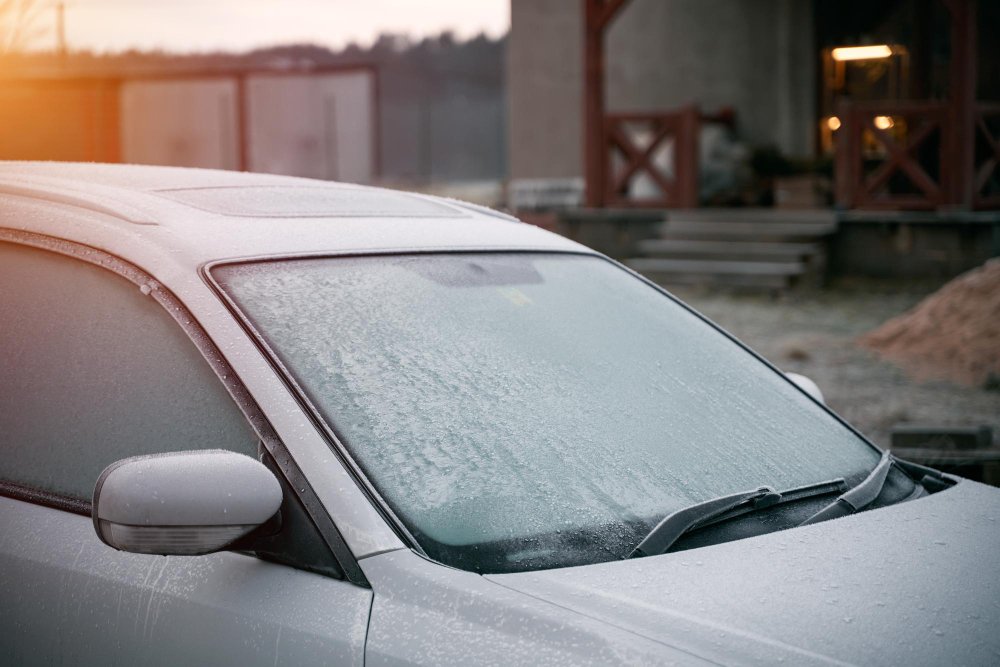Home Window Tinting Rules and Guidelines: What You Required to Know Before Tinting Your Cars And Truck
Prior to continuing with window tinting for your vehicle, it is essential to acquaint on your own with the diverse laws and standards that govern this method throughout various states. These regulations dictate the allowable degrees of tint darkness, usually measured by noticeable light transmission (VLT) percentages, and include specific specifications for front windscreens intended at guaranteeing road safety.
Introduction of Home Window Tinting Rules
Home window tinting legislations are frequently based on variant across different jurisdictions, reflecting local laws and safety and security considerations. These laws dictate the permitted levels of tint darkness and reflectiveness on automobile home windows, guaranteeing that drivers preserve sufficient visibility while also safeguarding versus damaging UV rays and warm.
Most regulations classify window tinting based on the Visible Light Transmission (VLT) portion, which shows the amount of light that can travel through the window. Generally, reduced VLT portions represent darker tints. Regulations usually set apart between the front, side, and rear home windows, with more stringent limitations related to the front windshield to boost safety and security for both the chauffeur and various other road users.
Conformity with window tinting laws is critical, as violations can result in fines, mandatory removal of the color, and possible boosts in insurance costs. It is crucial for vehicle proprietors to acquaint themselves with regional laws before continuing with home window tinting setups.
State-by-State Color Regulations
Recognizing the specific home window tinting laws in each state is essential for lorry proprietors seeking to abide by the legislation. Each state in the united state has established its very own set of regulations governing window tinting, which can vary significantly. These policies commonly dictate the allowable degrees of color darkness, the kinds of windows that can be tinted, and any type of medical exceptions that might use.
For example, states like The golden state have stringent restrictions on color darkness for front windows, while others, such as New Mexico, might permit darker colors. Furthermore, specific states mandate particular visibility portions for numerous home windows, including the windshield, front side home windows, and back windows. It is vital for car proprietors to acquaint themselves with their state's laws to avoid prospective penalties or fines.
Moreover, some states might need an accreditation sticker to be put on tinted windows, indicating compliance with state laws. Failing to stick to these guidelines not only risks lawful repercussions yet can also affect security and visibility while driving. Car proprietors ought to perform comprehensive research or speak with neighborhood authorities to make certain complete understanding and compliance with state-by-state color laws.
Allowed Color Kinds and levels
Many lorry proprietors may be shocked to discover that enabled color degrees and kinds vary widely across different states. Each state has actually established its very own policies pertaining to the permitted darkness and reflectivity of home window color, often measured by Visible Light Transmission (VLT) portions. VLT describes the amount of light that can go through the colored windows; thus, a lower percentage indicates a darker tint.

In addition, the kinds of color products allowed can vary, with some states banning mirror-like or metal surfaces. It is essential for automobile owners to familiarize themselves with their state's particular regulations to ensure compliance. Non-compliance can result in penalties, necessary removal of the tint, or various other legal repercussions, making it essential to go now comprehend these guidelines before continuing with installment.
Medical Exemptions for Tinting
While not all states offer allowances for clinical exceptions pertaining to home window tinting, those that do identify the necessity for specific individuals to enhance exposure and convenience because of medical conditions. Different clinical problems, such as lupus, skin cancer, and specific eye disorders, can provide people specifically delicate to sunshine. Subsequently, these people may require darker tints to safeguard themselves from dangerous UV rays and glare.

It is necessary to note that despite a medical exception, there may still be limitations on the degree of color enabled. Compliance with state laws guarantees that people are both protected and within lawful restrictions. Those considering medical exceptions must contact their local Department of Motor Cars or equal authority to understand the requirements and procedures necessary to request an exemption successfully.
Penalties for Non-Compliance
Failing to abide by window tinting regulations can result in substantial fines, which differ by state. Regulation enforcement agencies are equipped to release citations for automobiles that do not adhere to the defined tinting regulations. These charges generally include penalties, which can vary from modest total up to numerous hundred dollars, depending on the extent of the infraction and the state in inquiry.
In some jurisdictions, duplicated offenses may result in escalating fines or extra fines, such as compulsory court appearances. Non-compliance may necessitate the removal of prohibited tinting, frequently at the owner's cost. In extreme cases, regular culprits might encounter suspension of their lorry registration till conformity is attained.
Additionally, insurance ramifications might develop from obtaining multiple citations for window color infractions. Insurance providers might view such offenses as a sign of riskier behavior, potentially causing check my source raised premiums or trouble in coverage.
To stay clear of these fines, it is essential for car proprietors to acquaint themselves with their neighborhood window tinting legislations and ensure that their car complies (Window Tinting). This proactive technique not just prevents lawful ramifications however additionally advertises road safety
Final Thought

Most regulations categorize home window tinting based on the Visible Light Transmission (VLT) percent, which suggests the amount of light that can pass with the window. Compliance with window tinting laws is essential, as infractions can result in penalties, required elimination of the color, and possible boosts in insurance policy premiums.Comprehending the certain home window tinting laws in each state is important for car owners looking for to abide with the regulation. These policies usually dictate the permitted levels of color darkness, the types of home windows that can be tinted, and any type of clinical exceptions that might apply.
For circumstances, states like The golden state have strict constraints on tint darkness for front windows, while others, such as New Mexico, may permit darker colors.